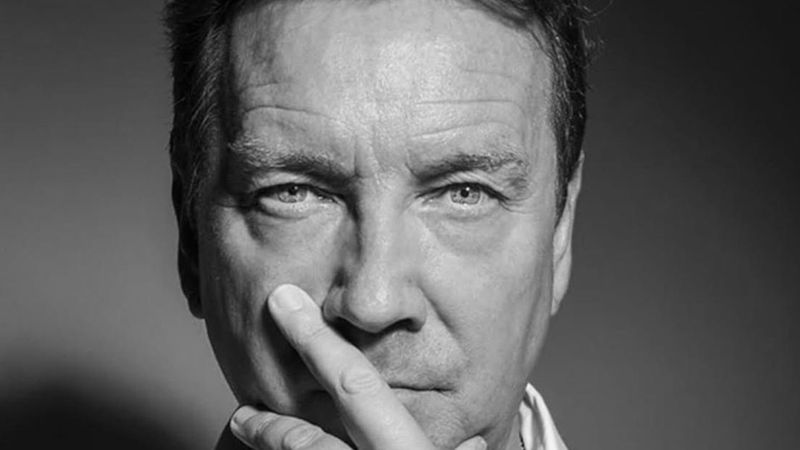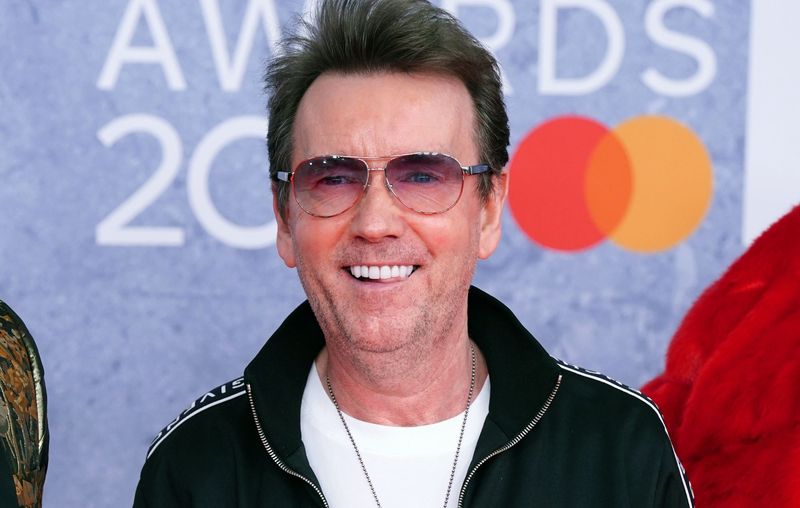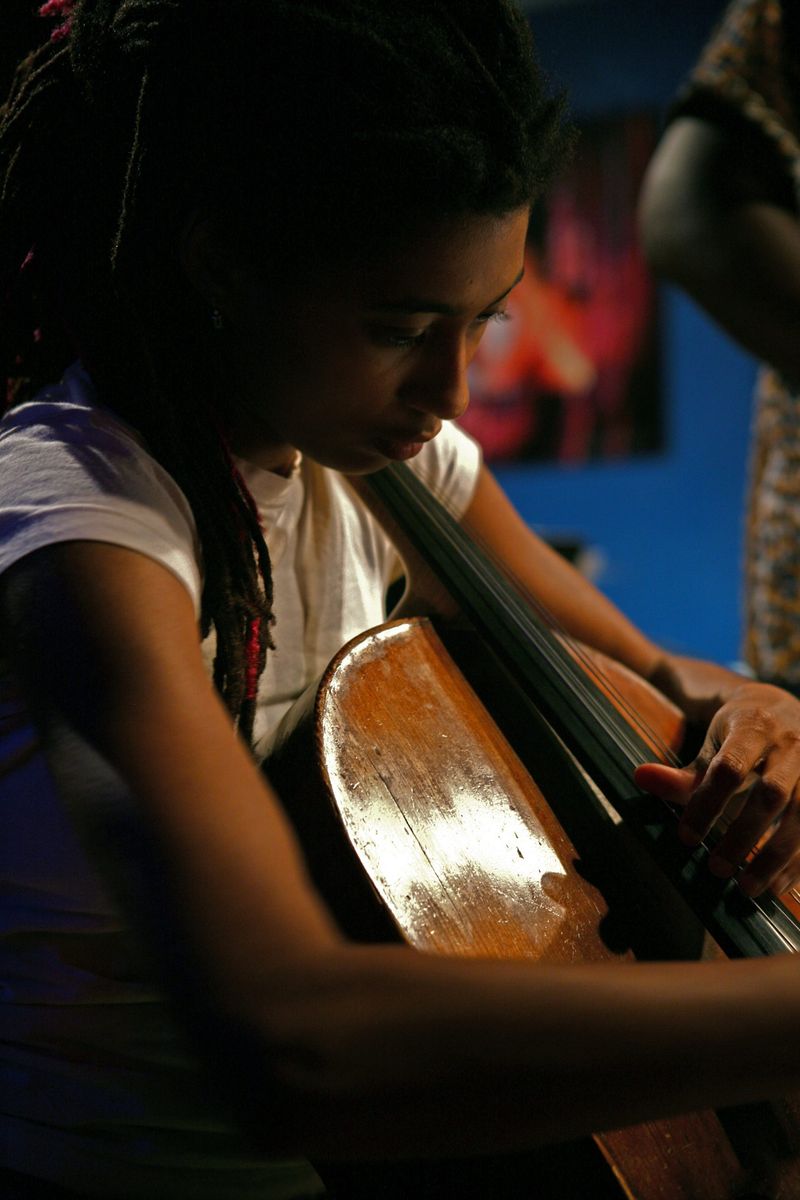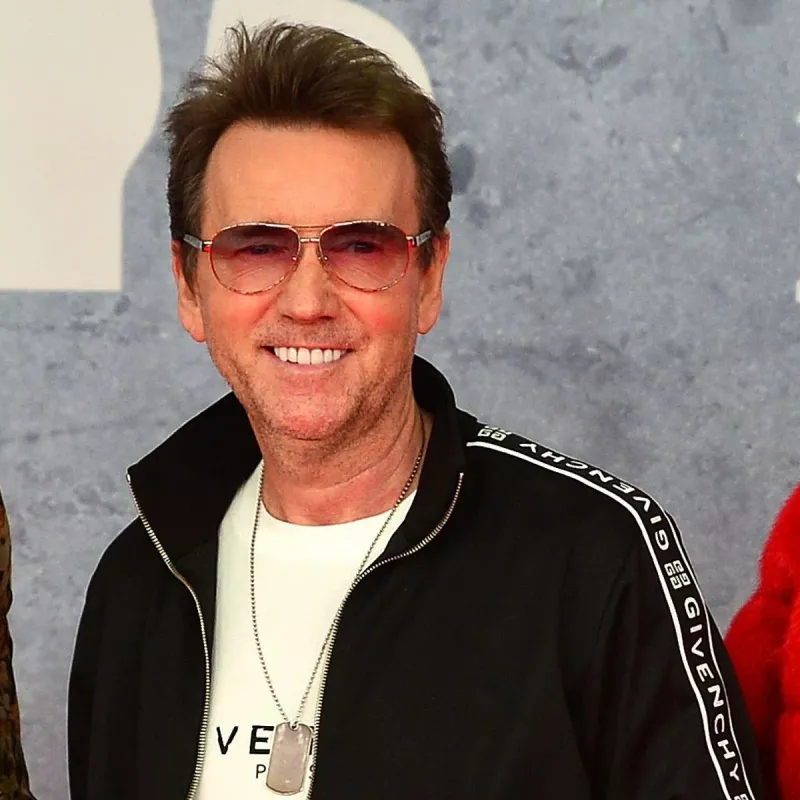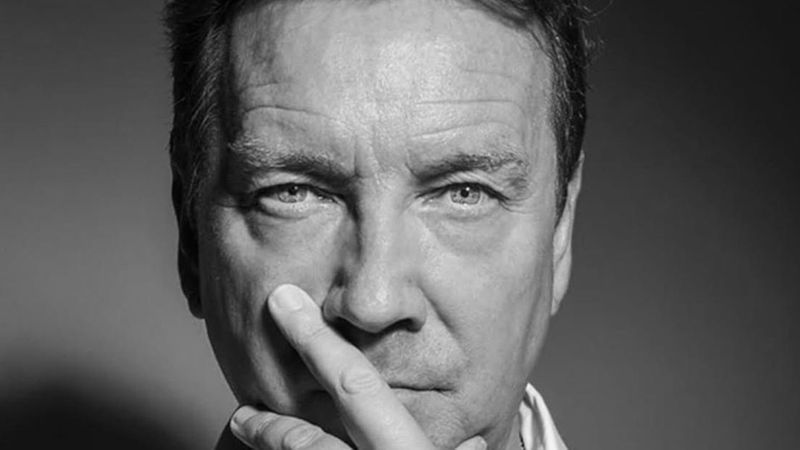The music world recently lost John Reid, the Scottish DJ whose voice powered the dance anthem “Push the Feeling On.” His sudden passing at 61 leaves behind a rich legacy in house music and songwriting that touched millions across generations. Reid’s contributions stretched far beyond a single hit, shaping dance floors and radio waves for decades.
1. Glasgow Roots That Shaped His Sound
Born and raised in Scotland’s vibrant Glasgow music scene, Reid absorbed the city’s rich musical traditions before eventually making his mark internationally. The gritty, industrial backdrop of Glasgow in the 1980s created the perfect environment for his developing artistry.
Local clubs became his training ground, where he honed his distinctive vocal style and performance skills. Fellow Scottish musicians remember him as a fixture in underground venues before Nightcrawlers formed.
That Glasgow influence never left his music, even as he collaborated with international stars. His Scottish accent occasionally peeked through his vocals, adding character to his performances.
2. A Hit That Refused to Fade Away
“Push the Feeling On” demonstrates remarkable staying power, refusing to become just another 90s relic. The track experienced multiple revivals over three decades, each introducing Reid’s voice to new generations of music lovers.
Pitbull sampled it for his 2009 hit “Hotel Room Service,” while Riton and Mufasa’s remix “Friday” brought it back to charts during the 2020s. DJs consistently return to the original in sets, treating it as essential dance music canon.
Few dance tracks maintain cultural relevance across such different eras, yet Reid’s signature song continues finding new audiences through remixes, samples, and viral moments.
3. The Songwriting Genius Behind Pop Superstars
Beyond his Nightcrawlers fame, Reid’s pen crafted hits for some of music’s biggest names. His songwriting portfolio reads like a who’s who of pop royalty, with compositions spanning multiple genres and decades.
Tina Turner’s “When the Heartache Is Over” showcased his ability to write emotional power ballads. For Westlife, he created the enduring “Unbreakable,” while both Kelly Clarkson and Leona Lewis benefited from his work on “A Moment Like This.”
His versatility allowed him to move effortlessly between dance tracks and mainstream pop, crafting hooks that connected with diverse audiences worldwide.
4. The Unmistakable Voice That Defined 90s Dance Floors
Behind the infectious hook of “Push the Feeling On” stood John Reid’s distinctive vocals, instantly recognizable to clubgoers worldwide. His soulful delivery transformed a simple dance track into an anthem that still ignites nostalgia whenever it plays.
Originally released in 1992, the song found its wings when Marc Kinchen (MK) remixed it in 1995, catapulting Reid’s voice across radio stations globally. The track’s hypnotic refrain became embedded in dance music culture.
Few vocalists can claim to have defined an entire era of music with just one performance, yet Reid’s voice became synonymous with 90s house music’s golden age.
5. Unexpected Collaborations With Music Legends
Reid’s collaborative spirit led him to work alongside industry titans throughout his career. Simon Cowell recognized his hit-making abilities, bringing him into projects that shaped the sound of 90s and 2000s pop music.
His partnership with Rod Stewart demonstrated his cross-generational appeal. Sessions with Andrea Bocelli revealed his classical sensibilities, while work with producer Ian Levine connected him to the Northern Soul movement.
These diverse collaborations showed Reid wasn’t just a dance music specialist but a musical chameleon capable of adapting his talents to complement vastly different artists across the musical spectrum.
6. The Romantic Chapter With Mary Kiani
Reid’s personal life intertwined with his musical journey through his nine-year engagement to vocalist Mary Kiani. Their relationship blossomed during the height of UK dance music’s popularity, creating both a romantic and creative partnership.
Following his passing, Kiani shared poignant memories of their time together in London and Glasgow. Her tributes painted a picture of Reid as not just a talented musician but a loving partner whose impact on her life extended far beyond their shared musical interests.
Their relationship represented a union of two artists navigating the often turbulent waters of the music industry together during a transformative era.
7. Early Career Alongside Culture Club’s Roy Hay
Before Nightcrawlers catapulted him to fame, Reid cut his teeth alongside Roy Hay from Culture Club in their band “This Way Up.” This late 1980s collaboration provided crucial experience and industry connections that would later prove valuable.
Working with Hay, already famous from Culture Club’s success, exposed Reid to professional studio techniques and songwriting approaches. The band never achieved mainstream success but served as an important stepping stone in Reid’s musical journey.
These formative experiences shaped his approach to production and performance, laying groundwork for his later achievements with Nightcrawlers and as a songwriter.
8. Mentorship That Launched Careers
Reid’s influence extended beyond his own music through his generous mentorship of emerging artists. Vocal coach Chris Judge remembered him as exceptionally supportive of young talent, particularly during the boy band explosion of the 1990s.
His guidance helped shape performances and recordings for numerous acts just finding their footing in the industry. Rather than guarding his knowledge, Reid freely shared insights gained from his years of experience.
Many artists who worked with him cite his encouragement as instrumental in their development, describing how his patient approach and constructive feedback helped them discover their unique artistic voices.
9. The Shocking Farewell That Stunned Fans
News of Reid’s sudden passing on June 15, 2025, sent shockwaves through the music community. At just 61, his death came without warning, leaving colleagues and fans struggling to process the loss of such an influential figure.
No cause of death was immediately disclosed, adding to the sense of bewilderment. Social media quickly filled with tributes from fellow musicians, producers, and fans whose lives had been touched by his music.
The unexpected nature of his departure made it particularly difficult for the dance music community, which had never properly celebrated his contributions while he was alive.
10. Awards That Recognized His Songwriting Brilliance
Reid’s exceptional songwriting earned him prestigious recognition, including an Ivor Novello Award for “A Moment Like This.” This coveted honor, bestowed by fellow songwriters and composers, acknowledged his gift for crafting emotionally resonant, commercially successful music.
The song became one of the best-selling singles in UK history, cementing Reid’s status among Britain’s songwriting elite. His ability to create memorable melodies and meaningful lyrics consistently impressed industry peers.
While his name might not have been as recognizable as the artists who performed his songs, these accolades ensured his contributions to modern music received proper acknowledgment.
11. The Timeless Vocal Style That Set Him Apart
Music critics frequently praised Reid’s distinctive vocal approach as both “soulful” and “timeless.” His voice carried an emotional weight that elevated dance tracks beyond mere club fodder into something more profound.
DJ sets worldwide still feature “Push the Feeling On” precisely because of how his vocals connect with listeners. Unlike many dance vocalists who prioritized technical perfection, Reid focused on conveying genuine feeling through his performances.
His slightly raspy tone and impeccable phrasing created an instantly identifiable sound that has aged remarkably well. Even decades later, new listeners can immediately recognize the unique quality of his voice.
12. The Poignant Reunion Before His Death
In what now seems like a twist of fate, Reid reconnected with former fiancée Mary Kiani just months before his passing. Kiani later revealed their meeting came from her premonition-like thought: “I wanted to say hello before one of us dies.”
This reunion brought closure to their relationship and allowed them to celebrate their shared history. Friends described their reconnection as warm and healing for both parties after years apart.
That final meeting now holds special significance for those who knew them both, serving as a reminder of life’s unpredictability and the importance of resolving unfinished emotional business.
13. Genre-Hopping Versatility That Impressed Industry Insiders
Reid’s remarkable ability to cross musical boundaries made him an anomaly in an industry where artists typically specialize. From pulsating house anthems to soaring power ballads, his versatility allowed him to thrive across pop, dance, and R&B genres.
This chameleon-like talent made him highly sought-after by artists seeking different sounds. Few songwriters could credibly work with dance acts one day and traditional pop stars the next.
Industry veterans often marveled at how he maintained his distinctive creative voice while adapting to vastly different musical contexts. This flexibility kept his career vibrant even as musical trends evolved dramatically over decades.
14. Heartfelt Tributes From Across the Musical Spectrum
Following Reid’s death, tributes poured in from an astonishingly diverse array of artists. Pitbull, who had sampled his work, called him a “true innovator,” while dance producer Riton praised his pioneering contributions to house music.
Even Susan Boyle’s vocal coach acknowledged Reid’s influence on Scottish music. These tributes highlighted how his impact transcended genres and generations, touching artists who might otherwise have little in common.
The breadth of these remembrances revealed Reid’s unique position in music history – someone whose work connected disparate corners of the industry and whose loss was felt universally.




